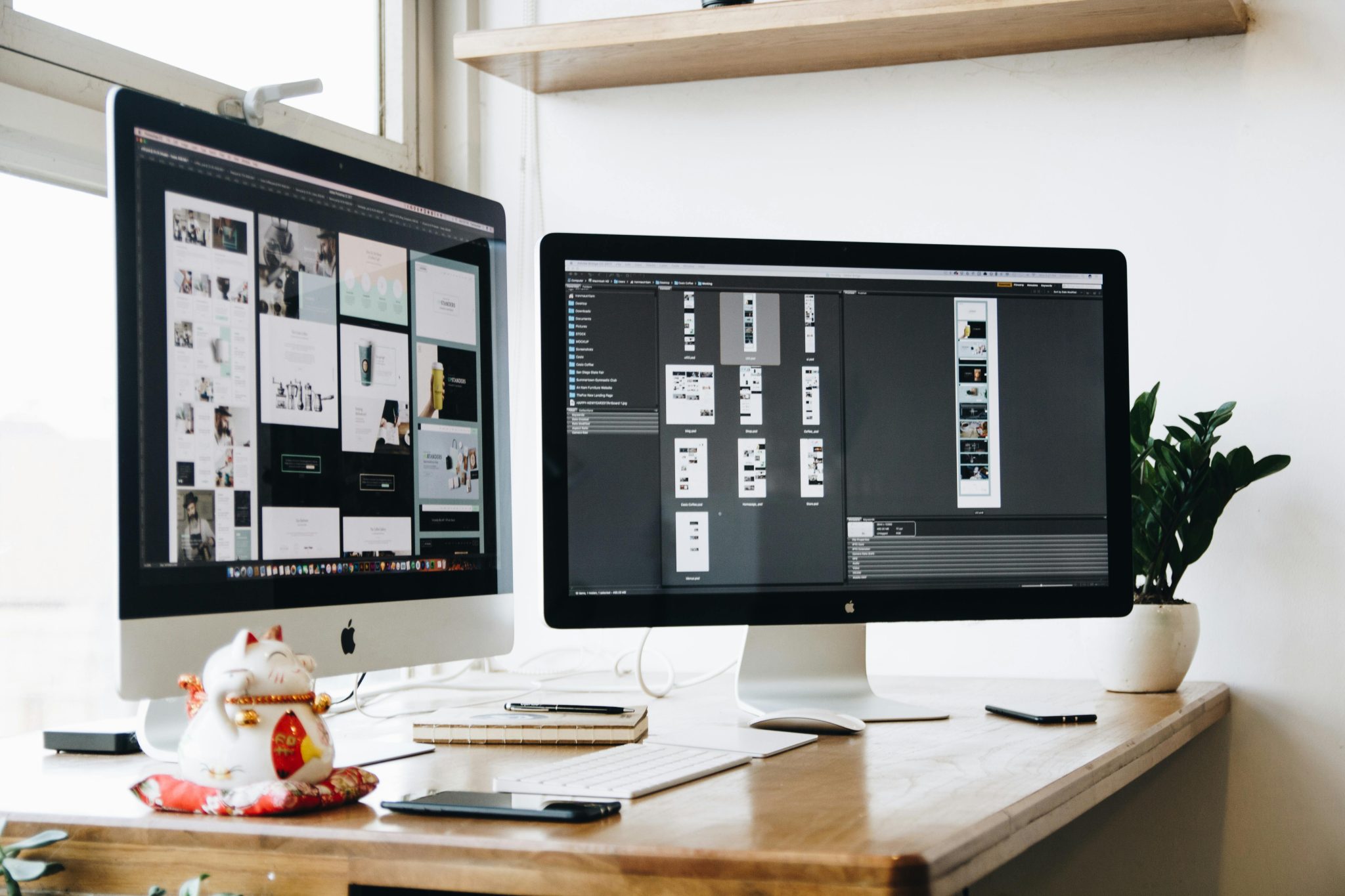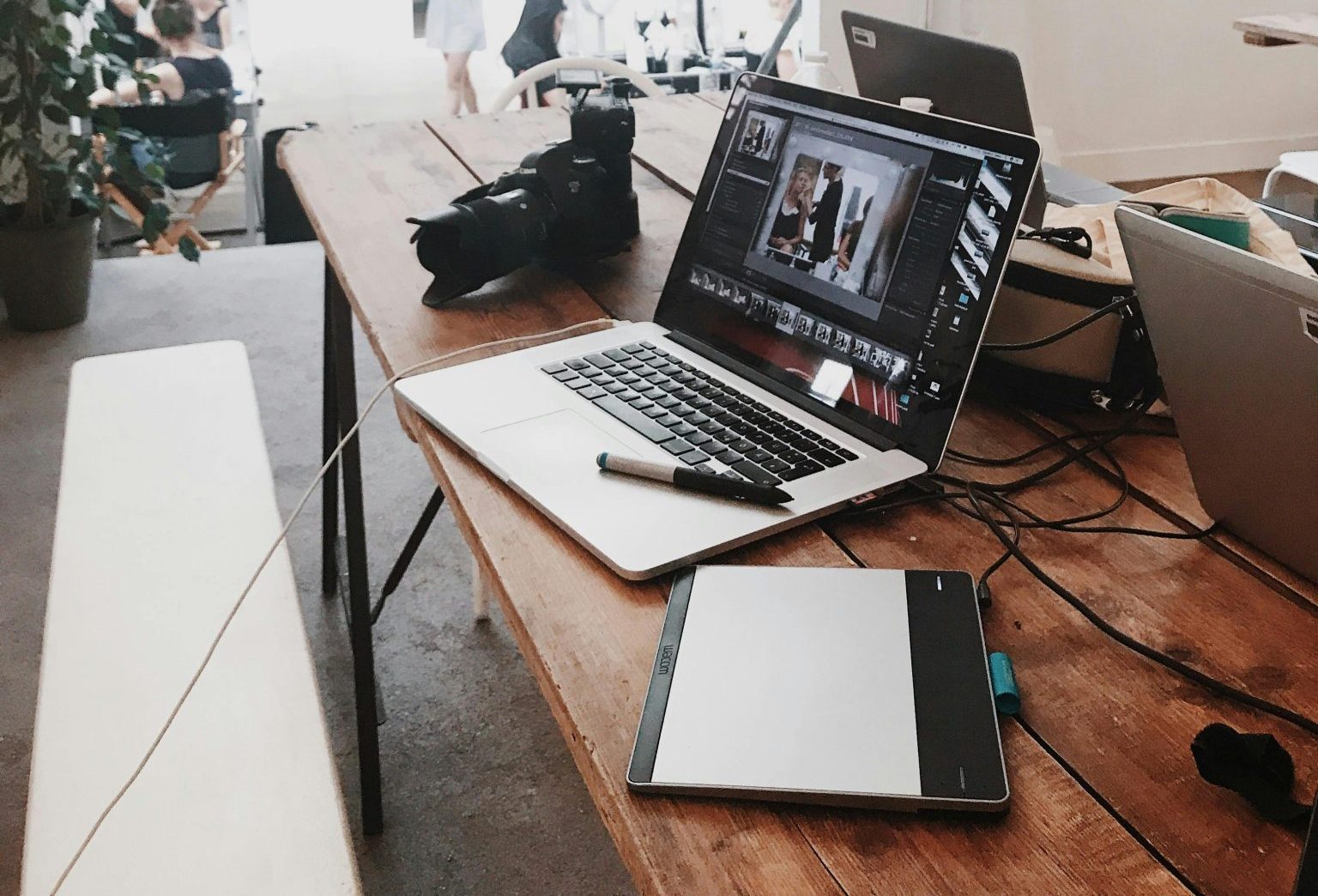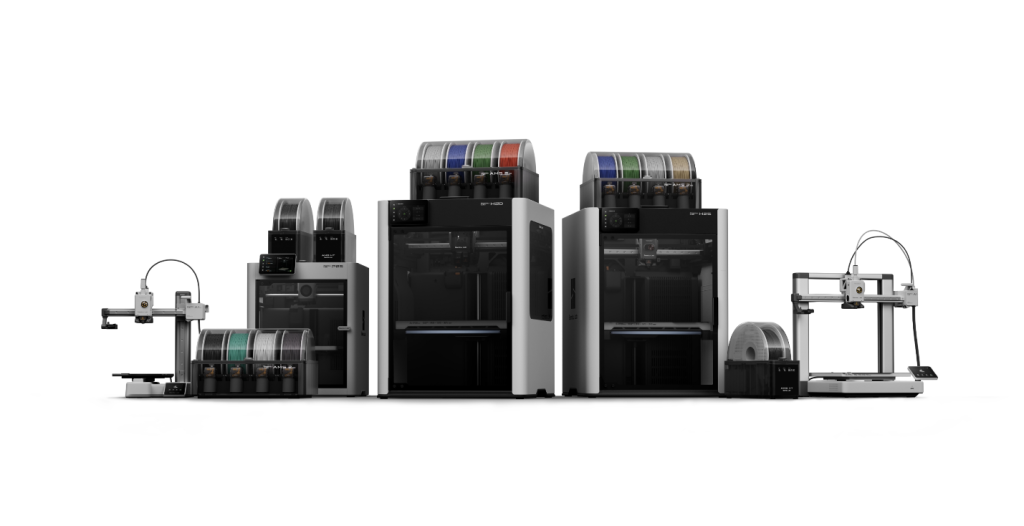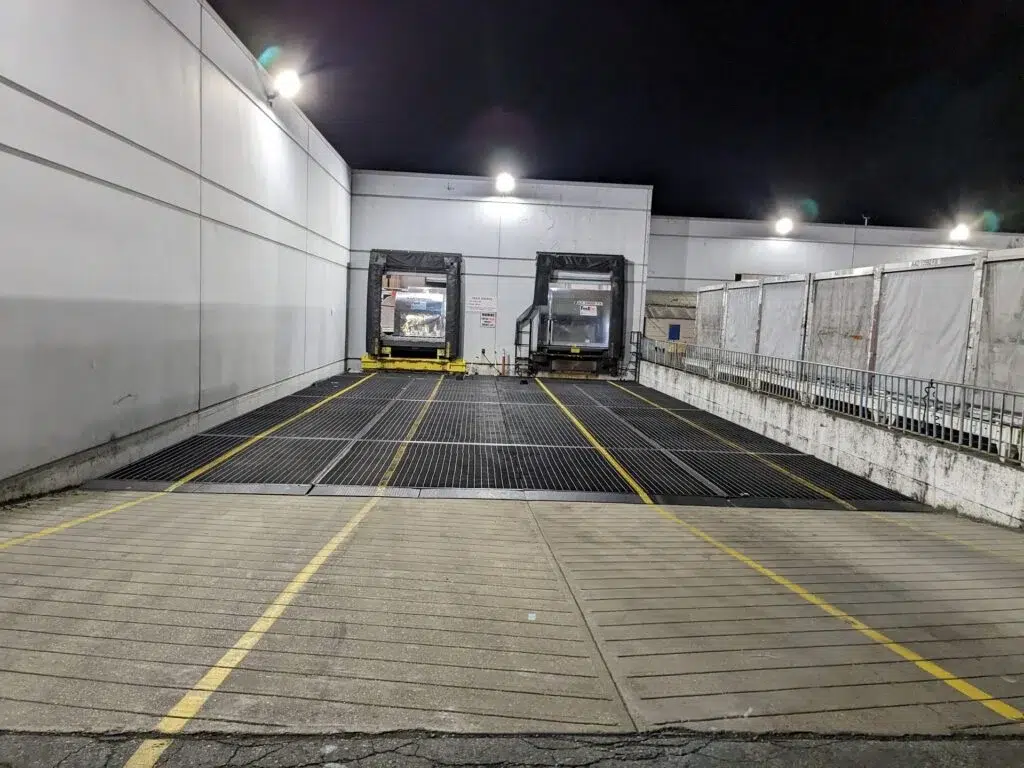So you have finally decided to get a web designer to help you build your online presence. Congratulations! An experienced web designer can tailor your website just as you envisioned on different platforms, build engagement, and increase conversions. But, hold on. Before you get into investing your hard-earned money, there are a few things you need to do to ensure you find the right designer whose expertise aligns with your project needs and business goals.
Why Do You Need a Web Designer Anyway?
Working with a web design company in Melbourne, Sydney, or any other Australian city can benefit your brand in more ways than you know. Let’s explore a few.
- You get to work with design, development, and user experience industry experts.
- No more generic templates—your website design will be customised to align with your brand identity and stand out.
- Stay updated with the latest technological insights, tools, and trends, and build a responsive, modern and compatible website that is scalable.
- Receive ongoing maintenance support to ensure your website stays secure and runs smoothly.
- Professional web designers have the tools and expertise to run UX testing and ensure your website is user-friendly and intuitive for increased retention and conversions.
Partnering with the right web designer is a prudent business investment that can shape your business trajectory. However, for long-term growth, there are a few things you need to do before getting a designer on board.
Things To Do Before Hiring a Web Designer

Here are a few essential factors you should take care of to maximise the outcome of your partnership.
List Out Your Needs and Goals
To ensure you and the designer are on the same page, you must be clear about the objectives and requirements. Create an outline and decide what features you want to include, such as blogs, paid membership sections, subscriber libraries, podcasts, etc. Make the list as detailed as possible for a thorough discussion. Consider your audience base when deciding on the site’s layout and features.
Make a Questionnaire
As a client, having your share of questions is normal. Getting as much information as possible from the potential designer will help you decide faster. Here are a few questions you should ask:
- What is your design process?
- What is the estimated cost and timeline for the project?
- What are the payment terms?
- Do you have a portfolio?
- Do you offer maintenance support post-launch?
- How do you handle changes or criticism?
- What are the industries or platforms you specialise in?
- What is your approach to improving UX design?
- How do you handle ownership rights?
- Do I have to provide images for the website?
- Which content management system (CMS) do you use?
Map Out Your Website Structure

Invest time in research and brainstorm ideas on the structure. For instance, what pages and sections do you want your website to have? The usual pages typically include
- Homepage
- About
- Services
- Blog
- Shop
- Contact
- Gallery
- Press/Testimonials
- Social Handles
- FAQ
- Privacy Policy
- Terms & Conditions
Having ideas about the basics helps designers to plan the primary and secondary navigation in the most effective way possible for achieving the primary business objectives.
Verify Their Skills and Expertise
A designer’s portfolio demonstrates their professional abilities, design expertise, and aesthetic sensibilities. You can review their previous work to gauge their ability in web development, SEO, and programming languages. Plus, in the portfolio, you will find their templates, built-in features, and font and colour combinations to decide if the professional has what it takes to build a responsive and user-friendly website to expand your business and generate more revenue.
Be Transparent About the Costs and Timeframes
It’s absolutely necessary to have a clear discussion about the pricing structure and tentative timeframes for completing the project. This will help the designer stay within the budget and set personal deadlines to design the website of your dreams without unpleasant surprises.
Closing Note
A designer can expertly give your website a facelift, improve its usability, and fix SEO. They will also provide a professional touch to fine-tune your brand’s message, make the site visually appealing, and ensure your website achieves its desired goals. However, the search process for a web designer can get overwhelming. Even so, stay positive and goal-oriented from day one and implement the above suggestions to find a compatible web designer for your business.





















